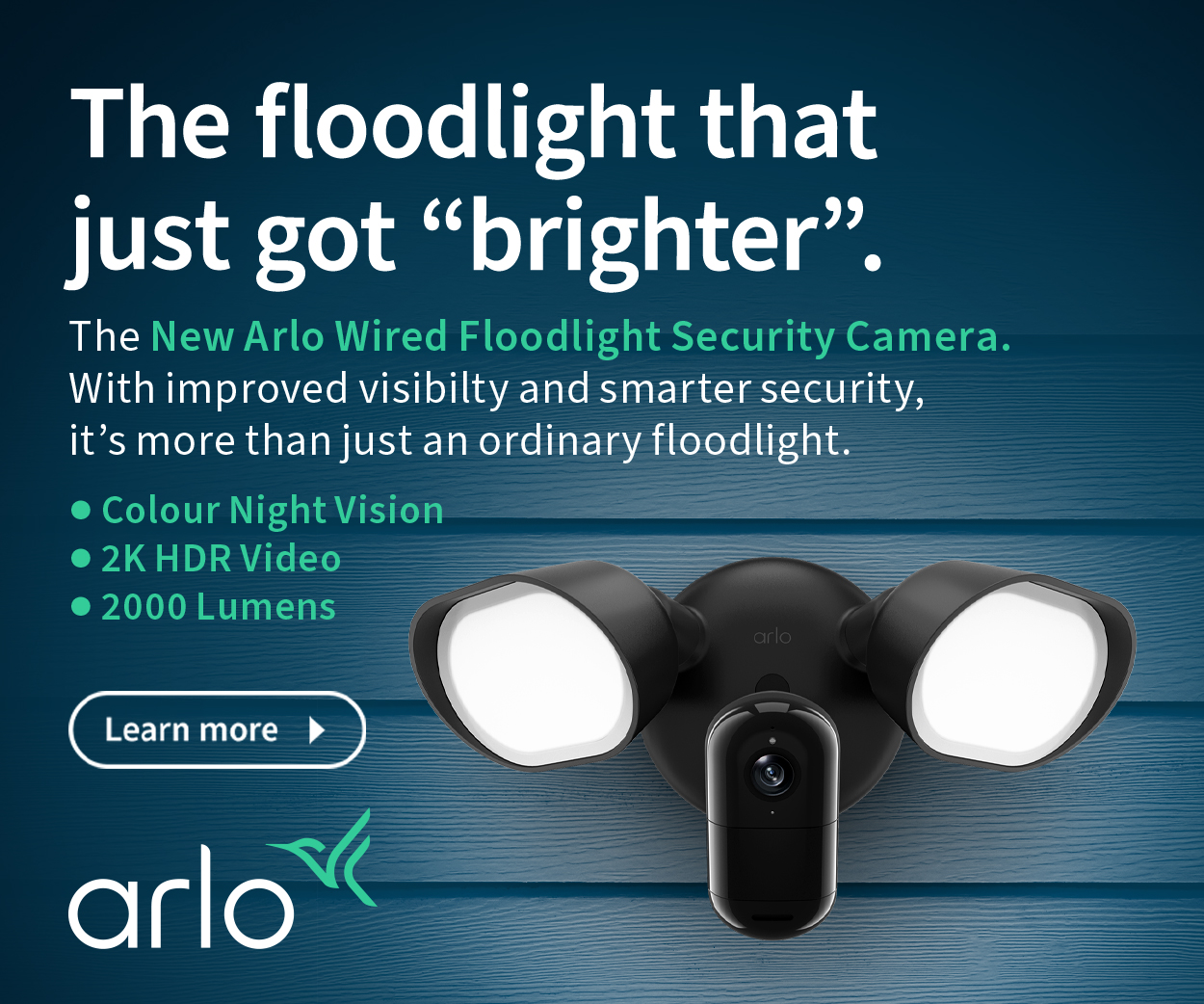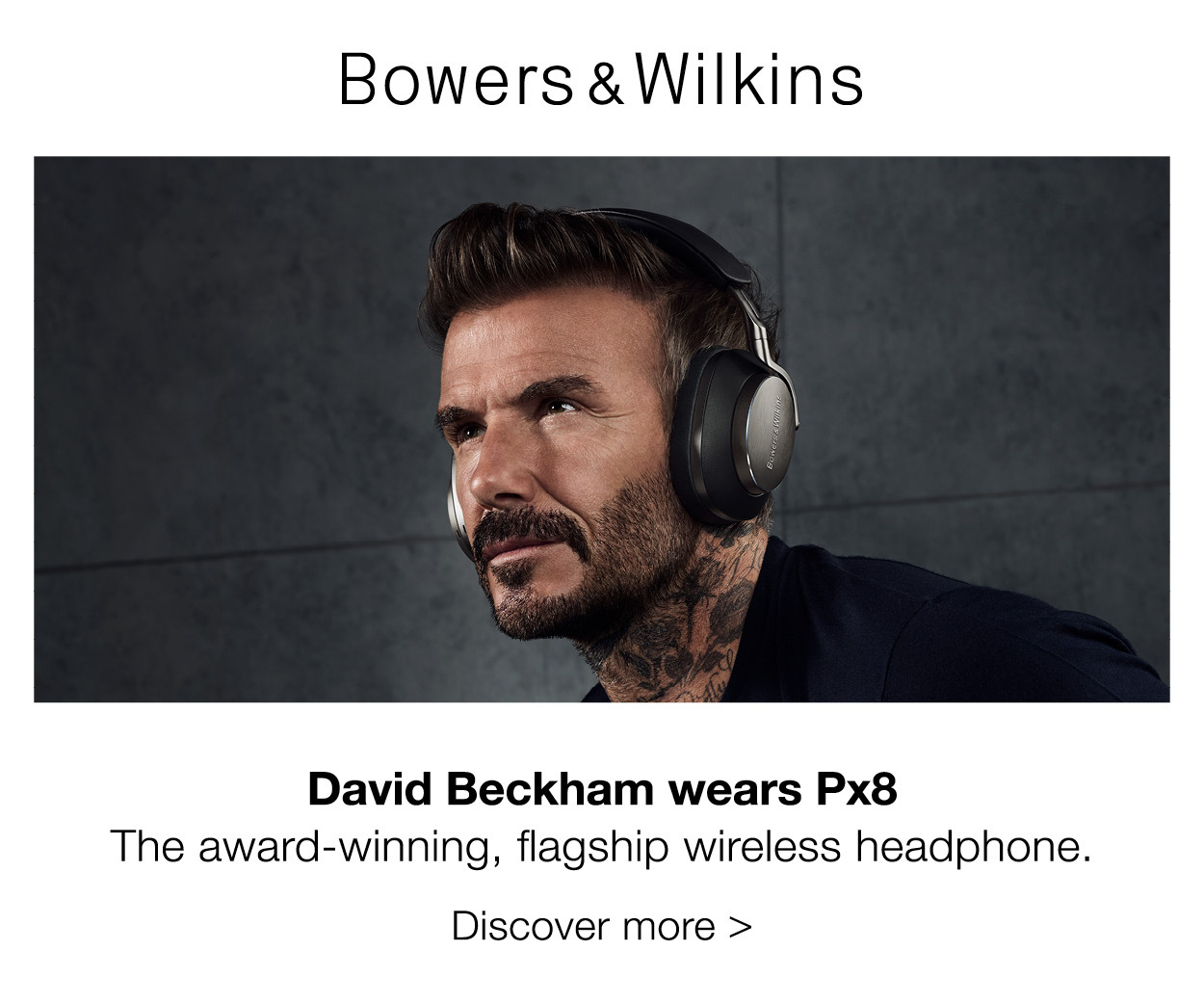Panasonic 3D Technology Helps Dentists
By Mike Wheeler
Panasonic recently unveiled its high-definition 3D video conferencing solution (HDVC) last Tuesday by showing a live feed to the New South Wales Centre of Professional Development for the Australian Dental Association (ADA).
Brett Tyler, Production Manager for the ADA, was on the other end of the line as he explained what the new technology would mean for dentists who need hands-on training, or practical updates if they are too far from traditional learning areas.
“This technology allows us to deliver education programs that wouldn’t have been possible with other existing technology,” Tyler said. “We can now potentially host interactive training events in remote locations that previously would not have had access to the needed facilities or presenters.”
He said the quality of the vision the 3D system was so good it was possible to tell the difference between just a reddening of the gums and gum disease. It could also differentiate between the different shades of white a tooth can be, which is important when you are whitening teeth. Tyler said it could be the difference between getting sued or not if the colour is slightly off, so teaching remotely like this was important for all dentists.
Panasonics KX-VC600 system uses video compression technology that allows HD video conferencing images over conventional internet connection. Panasonic uses HDC-Z10000 2D/3D cameras and plasma panels when operating the system.
Although the ADA has taken on this technology primarily as a teaching tool for its members, Tyler agreed that it could be used in other ways.
“With the right camera setup, the HDVC system could potentially be used to facilitate consultancy between a dentist and a specialist on patient cases,” said Tyler. “Specifically, the ease of setup and operation would be essential in allowing non-technical clinicians to establish the connection. The high resolution capability of the HDVC would be invaluable in transmitting the critical detail required for a meaningful diagnosis.
“The efficient use of bandwidth and price-point of this product – also makes it a contender for this application in the Australian market. Internet speeds in rural areas might have made this impossible with other VC products.”
This type of use could be especially helpful in remote communities where there are not only limited dental facilities, but also dentists with enough experience for some of the more tricky procedures that are required.
A basic site set up will cost between $5000-$8000 depending on the number of connections.
Brought to you by CyberShack.com.au







